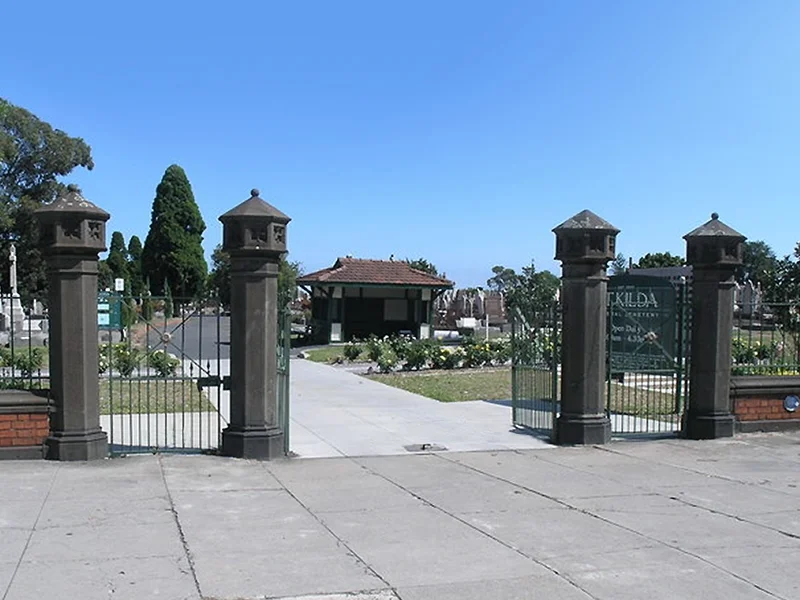Remembering Dunkirk

Guest blogger from the Remember Me project, Dr Yvonne Inall, explores the ways in which the massive evacuation of troops during Operation Dynamo has been memorialised.
The release of the new Christopher Nolan film Dunkirk has prompted me to ask the question: how has Dunkirk been memorialised?
On 10 May 1940 Germany invaded Belgium and the Netherlands as a prelude to the invasion of France. Ten divisions of the British Expeditionary Force (BEF) along with French and Belgian allies stood ready to defend the Belgian border, where intelligence indicated a German attack would be targeted. However, the allies failed to anticipate an attack via the Ardennes, in an action known as the Battle of Sedan. The allies were also caught off-guard by the speed of the Sichelschnitt attack. By the 21st of May the BEF were cut-off from their supplies and plans for the evacuation that would become known as 'Operation Dynamo' were underway.
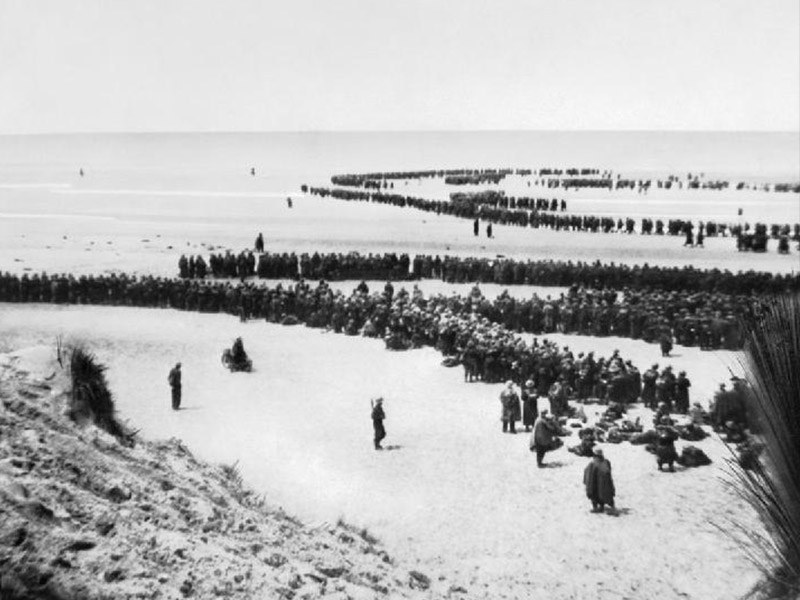
Pushed to the beaches of Dunkirk, with no means of escape other than across the channel, and with inadequate naval transport for so many men, civilian vessels were called upon to effect the evacuation. Between the 26th of May and the 4th of June 1940 over 330,000 British and allied troops were evacuated through the combined efforts of the Royal Navy and 700 ‘Little Ships’. The evacuation was ultimately a success rescuing a far greater number than the 45,000 soldiers Admiral Ramsay initially projected could be saved (BELL, P.M.H. Twelve Turning Points of the Second World War. Yale University Press, 2011). As the operation came to a close Prime Minister Winston Churchill delivered his famous “We shall fight on the beaches” speech (heavily referenced in the trailer for Nolan’s film), effectively recasting the defeat in the Battle of Dunkirk as a victory.
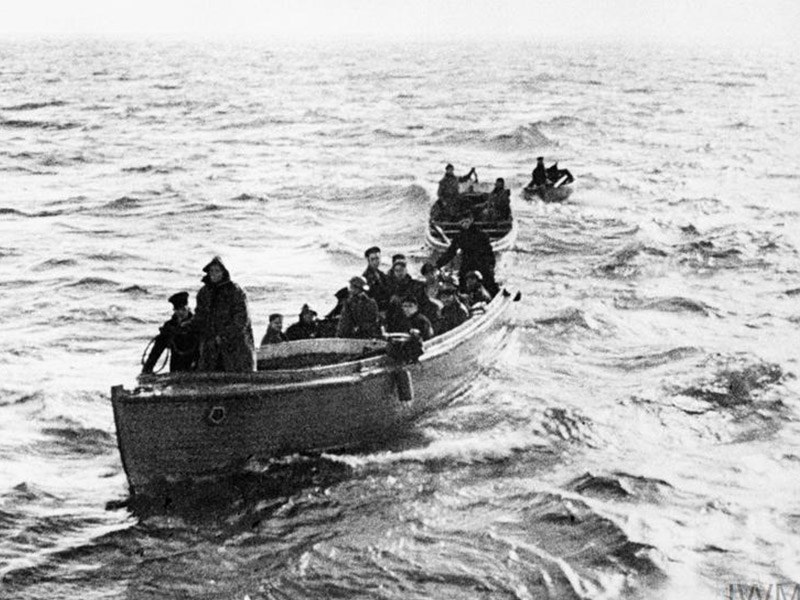
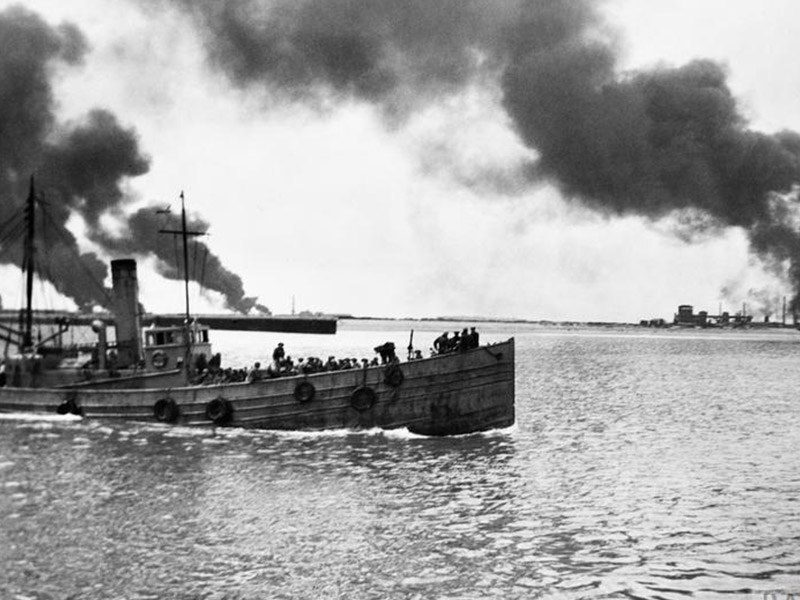

World War Two, of course, would continue for another five years, with tremendous loss of life. There are countless memorials to the losses of the war and the dead are remembered and commemorated each year through events like Remembrance Sunday and Holocaust Memorial Day. Yet, within the expansive catalogue of memorials to loss of life, memorials to Dunkirk stand out principally as memorials of survival. An overarching theme in war memorials is that of sacrifice: commemorating those who fought and died to secure the freedoms we all now enjoy. Certainly, there is an aspect of sacrifice in the Dunkirk memorials, as stated on the memorial that stands close to the beach of Dunkirk in France, but the predominant focus is on the heroism of the evacuation effort and the number of lives saved.
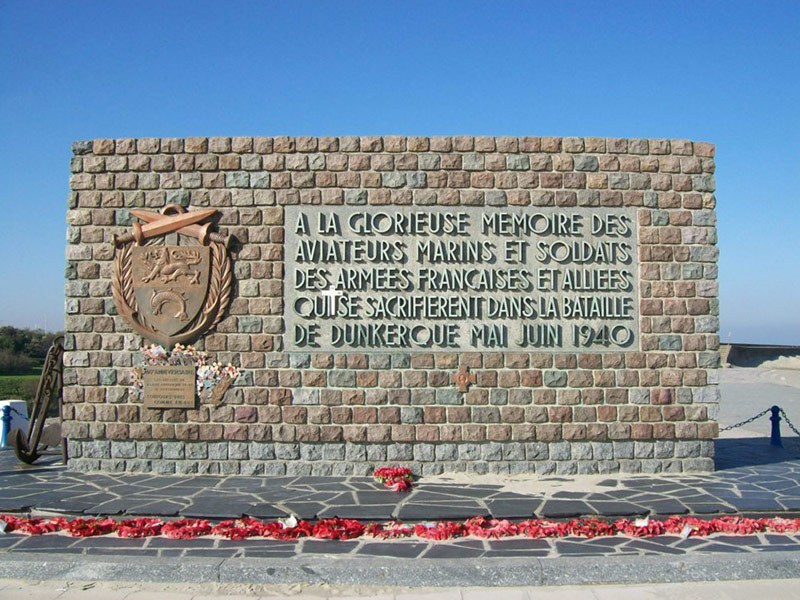
There are, in fact, a large number of memorials to the Dunkirk evacuation, in a wide variety of forms. There is the stone memorial in France, located close to the beach where the allied troops waited for rescue. In the Dunkirk Town Cemetery the Commonwealth War Graves Commission maintains a memorial to the 4,500 BEF servicemen who died during the 1939-1940 campaign.
In Britain, the Dunkirk Veterans Association (East Kent) erected a memorial in 1975, on the beach in Dover, Kent, forming something of a partner memorial to that in France. The inscription on the memorial, which does not mention loss of life, reads:
'This memorial was erected on the 16th August 1975, the 35th anniversary of the Battle of Dunkirk/ During the period May 10th to 1st June, 1940 202,306 British, British Commonwealth and allied troops were evacuated to Dover/ The memorial not only pays tribute to the bravery and discipline of the servicemen, but to the courage of the crews/ of the armada of Little Ships which assisted, and the people of the port of Dover who received them.'
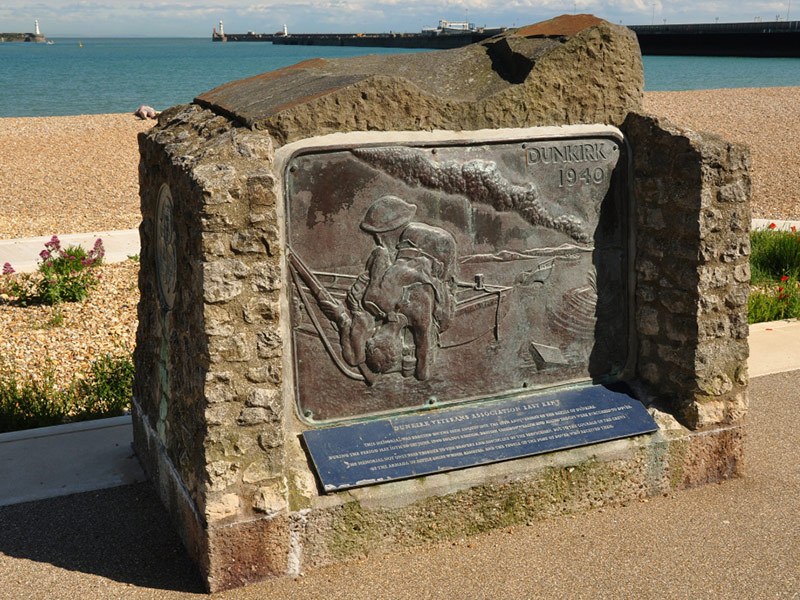
The Dunkirk Veterans Association officially disbanded in 2000 after 60 years of annual commemorations. Following their closure, residual funds of the organisation were transferred to the Dunkirk Veterans Memorial Trust Fund, administered by the British Legion. Three surviving veterans returned to Dunkirk for the 75th anniversary of the evacuation in 2015, aged in their 90s, for one last act of official commemoration.
The Imperial War Museum keeps a database of war memorials, which includes a list of 153 memorials specifically to honour Dunkirk. Many are located in churches. These memorials take diverse forms ranging from the Dunkirk Evacuation Tree in the Garden of Remembrance at Neston, Merseyside to stained glass windows, like the one dedicated to Admiral Ramsay in Portsmouth Cathedral. A number of the memorials also incorporate sand from the beach at Dunkirk. At York Minster a book of remembrance is kept in a glass case along with a wooden cask full of Dunkirk sand.
One of the ships involved in the evacuation, the Medway Queen is open to the public and is currently running an exhibition entitled 'Memories of Dunkirk' effectively serving as a living memorial to Operation Dynamo.
The Dunkirk evacuation has entered the British consciousness and forms a part of broader World War Two narratives of sacrifice, heroism and determination. The episode has been the subject of multiple films, the earliest in 1958 starring John Mills and Richard Attenborough and is the subject of a number of the seemingly endless stream of WWII documentaries. Christopher Nolan’s film is simply the latest addition to over 75 years’ of remembering, commemorating and re-imagining Dunkirk.
Further reading on the topic of death and remembrance in military conflicts can be found in the Remember Me project's case study Heroes and Loved Ones.
This post was originally published on 27 July 2017 by the Remember Me project, the University of Hull, United Kingdom, on their Remember Me blog, and shared with their permission.
The Remember Me project seeks to explore the nature of memorial practices and processes. Research is made up of ten strands including; historical and contemporary studies, ethnography, qualitative interviews, free-writing texts and photographic essays to explore the changing face of memorialisation over time. Much of their valuable work is shared via engaging stories at the Remember Me blog.
Dr Yvonne Inall was recently awarded a PhD in History from the University of Hull, undertaking an archaeological examination the role of spearheads in Iron Age Britain. As part of her doctoral thesis Yvonne conducted a review of British Iron Age burial practices, with a particular focus on martial burials. She is now assisting Dr Malcolm Lillie with the long durée component of the Remember Me Project: ‘Deep in Time: Meaning and Mnemonic in Archaeological and Diaspora Studies of Death’.




